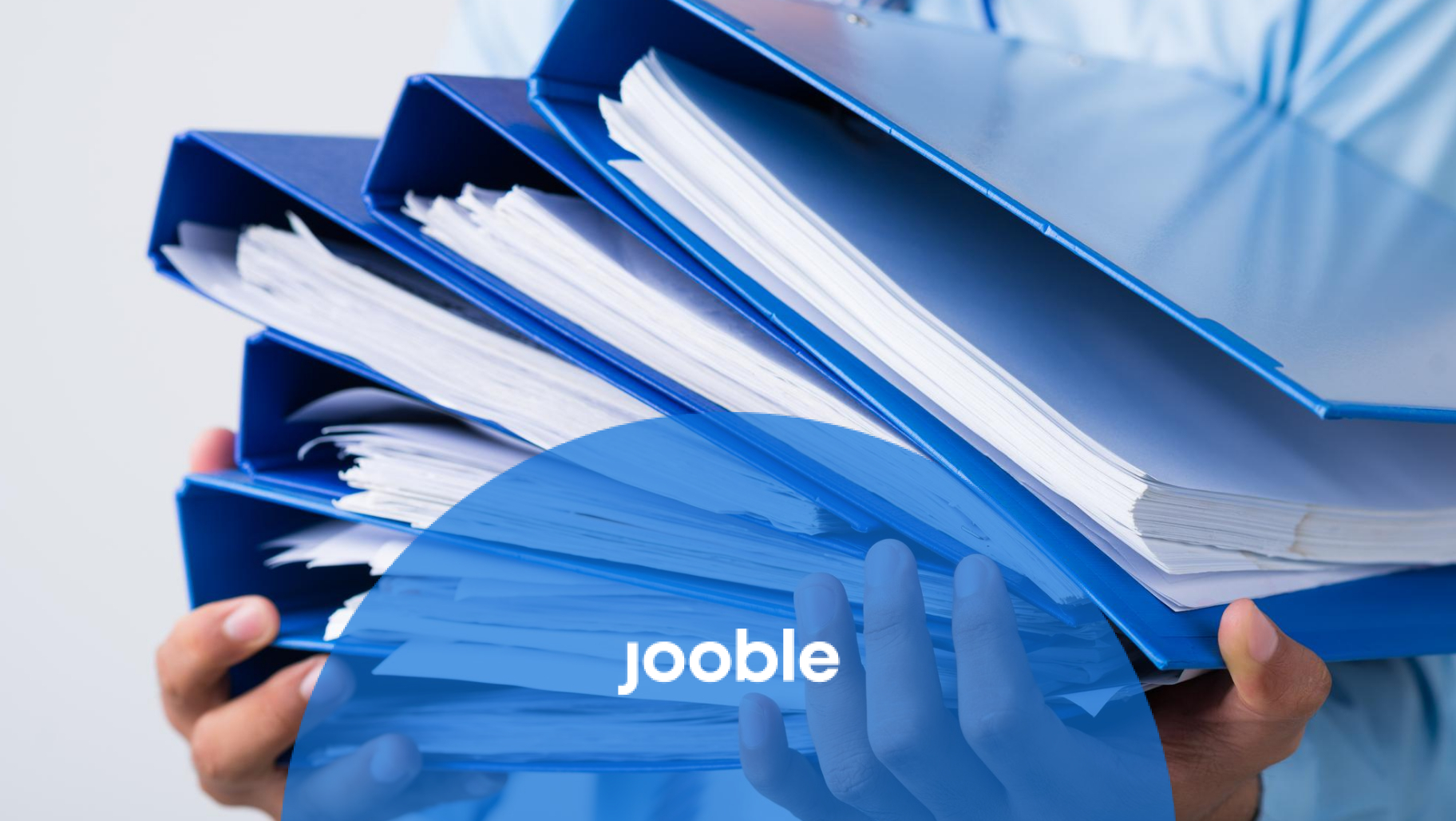If an employee is leaving or going to be absent from their workplace for a long time, they should prepare a handover document in which all the necessary information about their ongoing projects and working processes is included. This paper will significantly facilitate the task for the person who will be substituting them, preventing disruption of business processes.
Whether it’s a report of responsibilities, work schedules, upcoming deadlines, or just daily tasks, a handover report must be created in a proper way. Otherwise, it may lose its effectiveness and even make things more complicated.
How do we avoid such situations? Use a well-structured handover report template! In our article, we provide a comprehensive overview of a professional handover document and an easy-to-use template to ensure a seamless transfer of all the details from one employee to another.
Table of Contents
When it comes to transferring important information in the workplace, one has to ensure that they do it in the most available for the recipient way. Let’s dig into it.
An onboarding process for a new employee usually implies mountains of information that must be processed and grasped as quickly as possible. However, our brain and memory capacity has its limits; this is where workflow guides and handover documents come into play. This is how they serve:
We’ve figured out why handover documentation is essential; now, let’s investigate why it has to be well-structured.
Firstly, well-structured handover reports can be easily updated or modified, and it’s easier to keep the information relevant and accurate all the time.
Second, a good handover document clearly outlines who is responsible for what tasks and decisions, thus preventing misunderstandings about roles and responsibilities.
Third, a clear handover document ensures that the outgoing employee’s knowledge and expertise are effectively passed on. Due to a standardised format for information transmission, crucial information has little chance of being overlooked or omitted.
Now, let’s finally cut to the chase and see what “well-structured” actually means. We’ll list the essential elements of a professional handover document.
A well-structured report should include:
Here, you’ll find helpful recommendations for creating a comprehensive handover report.
The detailed structure of a handover document is directly connected with it’s aim. Here are some examples to consider.
A project handover. When one or a group of employees hands over a project to another team, a project handover report is handy. The template should include:
A transition plan template. One of the employees is offboarding and has to transition their responsibilities to a successor. Its aim is to provide all the necessary information to avoid or at least minimise any disruptions to the workflow. The document is expected to include:
A change management template. A reliable way to plan and implement changes, confirm approvals, and conduct post-implementation reviews. The report is supposed to include:
It may take some time. However, the use that comes with a well-prepared handover report is worth it. Try to include the most relevant and updated information to ensure the new employee understands. Contact your colleagues to check if you’re on the same page about the issues. Allocate some more time to write step-by-step guidelines for your work’s especially complicated or challenging aspects. Structure the gathered information into logical sections or categories. Use headings, subheadings, and bullet points for clarity.
As we’ve figured out, a handover format generally depends on its type or aim. Furthermore, each company may have its own format requirements, so checking in with your HR department is a good idea. However, these three rules are an absolute must for everybody: professional tone, readability, and literacy. Modern software can provide assistance with it.
Given that your handover report is ready, it’s time to implement it practically.
Even if your handover report is as concise as possible, the new employee may still have questions. Only by collaborating with each other will you be able to ensure a smooth transition. First, give room for feedback: it will help you ensure your messages are understood. Second, provide various communication channel opportunities. Some situations may call for face-to-face meetings, while others may be resolved through email or instant messaging.
Text is important, but many people grasp information faster with the help of visuals; therefore, attach as many screenshots to your handover report as possible. Finally, recognise and respect cultural differences when choosing your communication style to avoid awkward or negative experiences with your successor.
The biggest mistake you can make when creating your document is including irrelevant or incomplete information. Leaving out critical details is bound to hinder the incoming person’s ability to perform effectively. It’s also a bad idea to think that they must know about all the processes by default if they have worked in the same role before. Different companies can have different approaches and procedures. And finally, don’t trick yourself into thinking that if your report is clear to you, it is automatically clear for everybody else. Follow-up is a must.
And there is the dessert: we’ve prepared a project handover template with a list of the most essential details to include. If you’re a project manager and have to hand your project over to a new project team, feel free to use it as a basis for your official document with handover notes.
